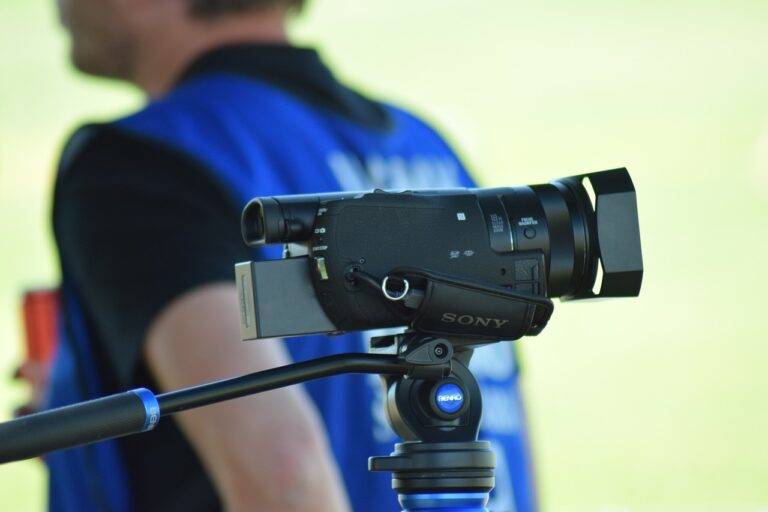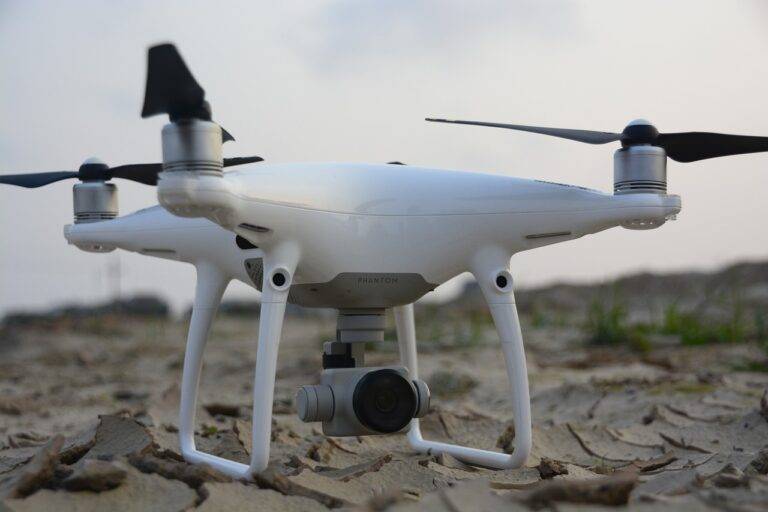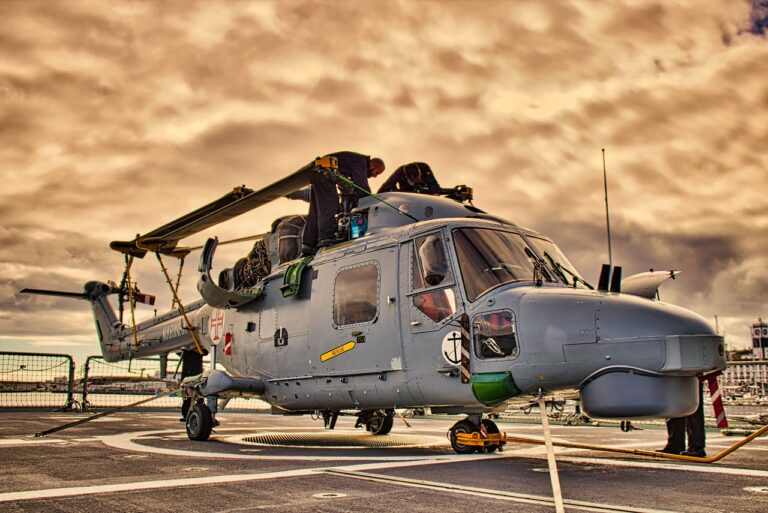The Thrill of Whitewater Rafting: Riding Rapids in Adventurous Destinations
Whitewater rafting, often hailed as an exhilarating outdoor activity, traces its origins back to the mid-19th century when rubber rafts were first introduced for recreational use on rivers. This adventurous pastime gained popularity in the latter half of the 20th century, as advancements in rafting equipment and techniques made it more accessible to thrill-seekers and nature enthusiasts alike.
Initially developed as a means of navigating rough waters for transportation and trade, whitewater rafting evolved into a recreational pursuit that offered individuals the chance to experience the adrenaline rush of conquering powerful river currents. As more people sought out challenging rapids and pristine natural landscapes, whitewater rafting became not just a leisure activity, but a way to forge connections with the great outdoors and fellow adventure enthusiasts.
Heading 2: Types of Rapids
Whitewater rapids are typically categorized based on their level of difficulty and the intensity of the river’s flow. Class I rapids are the easiest and are characterized by small waves and minimal obstructions, making them suitable for beginners and families. Moving up the scale, Class II rapids involve moderate waves and obstacles that require some maneuvering skills to navigate safely.
Class III rapids present a more challenging environment with larger waves and potential hazards that demand precise paddling techniques and strong teamwork among rafters. These rapids can provide an exhilarating experience for intermediate paddlers seeking a boost in adrenaline.
Heading 3: Safety Precautions
When engaging in whitewater rafting, safety precautions are paramount. Ensure all participants wear properly fitted personal flotation devices at all times during the activity. This is essential in case of unexpected capsizing or falls into the water. It is also important to follow the instructions given by the guide without any deviations to prevent accidents or mishaps that could put everyone at risk.
Moreover, understanding the proper paddling techniques is crucial for navigating through different types of rapids safely. Make sure to hold the paddle correctly and listen attentively to the guide’s directions on when and how to paddle. Being aware of the potential dangers and respecting the power of the river is fundamental in ensuring a thrilling yet secure whitewater rafting experience.





